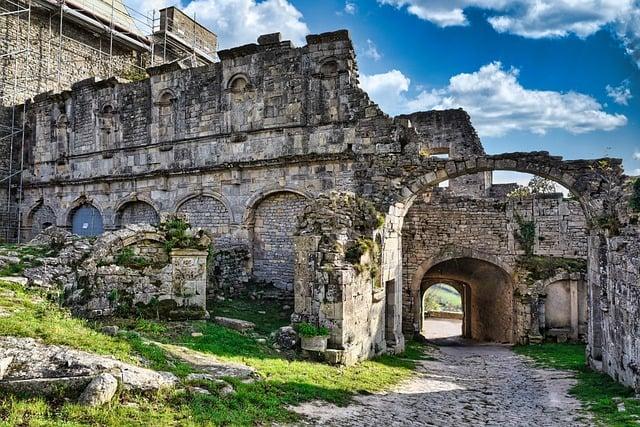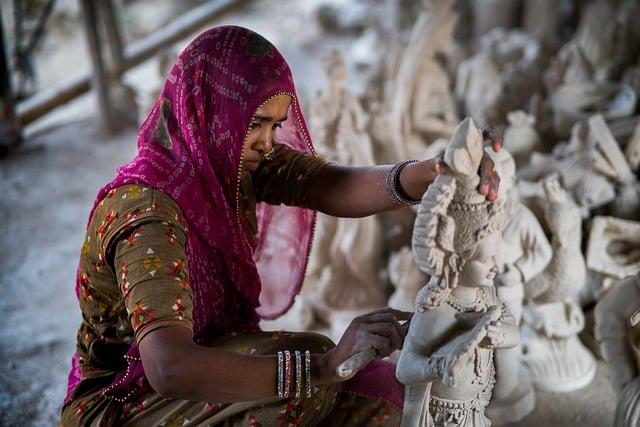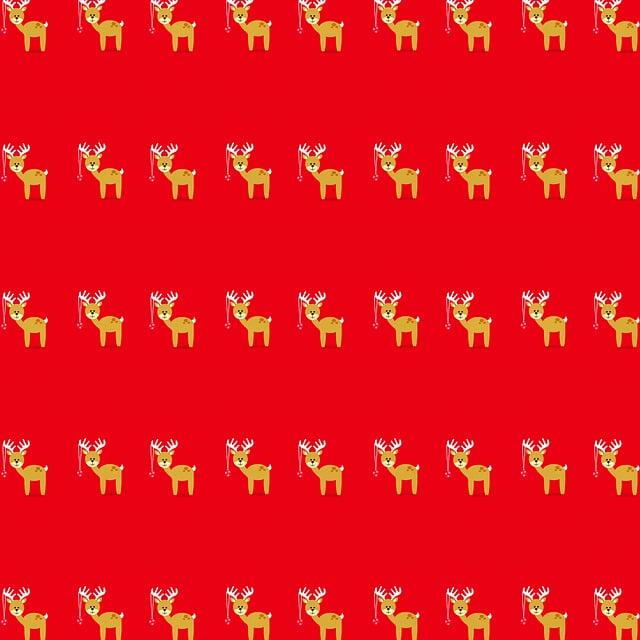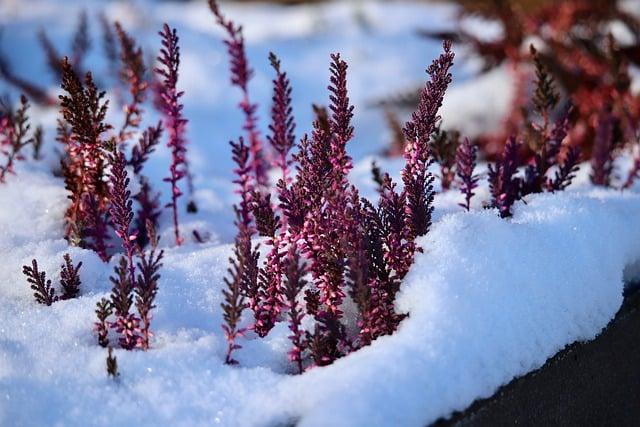Once upon a time in ancient Rome, the winter solstice brought a celebration of light and renewal. People adorned their homes with circular wreaths made of evergreen branches, symbolizing eternal life. As Christianity spread, this tradition transformed, representing the unending love of Christ. Each wreath, with its vibrant red berries and fragrant pine, became a beacon of hope during the coldest months. Today, as we hang wreaths on our doors, we carry forward a legacy of warmth, unity, and the promise of brighter days ahead.
Table of Contents
- The Historical Roots of the Christmas Wreath
- Symbolism and Significance in Holiday Traditions
- Crafting Your Own Wreath: Tips and Techniques
- Modern Interpretations and Sustainable Practices
- Q&A

The Historical Roots of the Christmas Wreath
The Christmas wreath, a beloved symbol of the holiday season, has its origins steeped in ancient traditions. Its circular shape, representing eternity and the cycle of life, can be traced back to the ancient Romans and their use of laurel wreaths. These were often worn as crowns during celebrations and were associated with victory and honor. As Christianity spread, the wreath evolved, taking on new meanings. Early Christians began to use the wreath as a symbol of the Advent season, a time of preparation for the celebration of Christ’s birth. The evergreen materials used in wreath-making, such as pine and fir, symbolize everlasting life, while the circular form signifies the unending love of God.
Throughout the centuries, the Christmas wreath has continued to adapt and flourish, incorporating various cultural influences. In medieval Europe, it became common to adorn homes with wreaths during the winter months, not only for decoration but also as a way to ward off evil spirits. The addition of candles to the wreath, particularly in the Advent tradition, further emphasizes its significance as a beacon of hope and light during the darkest days of winter. Today, wreaths are crafted from a variety of materials and adorned with an array of decorations, yet they remain a cherished emblem of unity, warmth, and the spirit of giving that defines the Christmas season.

Symbolism and Significance in Holiday Traditions
The Christmas wreath, a circular arrangement of evergreen branches, is rich in symbolism and steeped in tradition. Its circular shape represents **eternity**, signifying the endless cycle of life and the promise of renewal. The use of evergreens, which remain vibrant even in the coldest months, symbolizes **hope** and **resilience**, reminding us that life persists despite the harshness of winter. Traditionally, wreaths are adorned with various decorations, each carrying its own meaning:
- Red Bows: Symbolizing love and joy, they add a festive touch to the wreath.
- Gold Accents: Representing wealth and prosperity, they reflect the spirit of giving during the holiday season.
- Fruits and Berries: Often included to signify abundance and the blessings of the harvest.
In many cultures, the act of hanging a wreath on the door serves as an invitation for guests to enter and share in the warmth of the season. This gesture embodies the spirit of **hospitality** and **community**, reinforcing the idea that the holidays are a time for gathering and connection. As families and friends come together to celebrate, the wreath stands as a beautiful reminder of the values we hold dear—**love**, **unity**, and the joy of giving. Its presence transforms homes into sanctuaries of warmth and cheer, making it an enduring symbol of the holiday spirit.

Crafting Your Own Wreath: Tips and Techniques
Creating your own wreath can be a delightful and fulfilling experience, allowing you to express your personal style while embracing the spirit of the season. Start by gathering a variety of materials that resonate with your vision. Consider using **evergreen branches**, **dried flowers**, or even **ornaments** that hold sentimental value. The base of your wreath can be made from a sturdy wire frame or a simple twig circle, providing a natural foundation for your design. As you assemble your wreath, think about layering textures and colors to create depth. Incorporating elements like **pinecones**, **berries**, or **ribbons** can add a festive touch that captures the essence of Christmas.
When it comes to techniques, don’t shy away from experimenting with different methods of attachment. **Floral wire** is a versatile option for securing your materials, while **hot glue** can provide a more permanent hold for heavier decorations. As you work, step back periodically to assess the overall balance and symmetry of your creation. Remember, there are no strict rules—embrace the imperfections that make your wreath uniquely yours. Once completed, hang your masterpiece on your front door or display it indoors, allowing it to spread joy and warmth throughout the holiday season.

Modern Interpretations and Sustainable Practices
In contemporary society, the Christmas wreath has evolved beyond its traditional roots, embracing a variety of modern interpretations that reflect personal style and environmental consciousness. Artisans and crafters are now experimenting with unconventional materials, such as recycled paper, fabric scraps, and even upcycled plastic, to create unique designs that tell a story. These innovative approaches not only celebrate the festive spirit but also promote sustainability by reducing waste and encouraging the use of eco-friendly resources. The incorporation of **natural elements** like dried fruits, pinecones, and herbs adds a rustic charm while connecting the wreath to the earth, reminding us of the beauty of nature during the holiday season.
Sustainable practices are becoming increasingly important in wreath-making, as more individuals seek to minimize their ecological footprint. Many are opting for **locally sourced materials**, supporting local farmers and artisans while ensuring that their decorations are fresh and vibrant. Additionally, the trend of creating **living wreaths**—crafted from succulents or other hardy plants—has gained popularity, allowing for a longer-lasting decoration that can be replanted or enjoyed throughout the year. By embracing these sustainable methods, the Christmas wreath transforms from a mere decorative item into a meaningful symbol of environmental stewardship and creativity, reflecting a growing awareness of our impact on the planet.
Q&A
-
What is the origin of the Christmas wreath?
The Christmas wreath has its roots in ancient traditions, particularly from the Romans and the early Christians. Originally, it symbolized victory and eternal life, made from evergreen branches that remained vibrant throughout winter. Over time, it evolved into a festive decoration associated with the Christmas season.
-
What do the different elements of a Christmas wreath represent?
Each component of a Christmas wreath carries its own significance. The circular shape represents eternity and the never-ending love of God. The evergreen foliage symbolizes hope and renewal, while the red berries often signify the blood of Christ, and the ribbons can represent joy and celebration.
-
How is a Christmas wreath traditionally used?
Traditionally, Christmas wreaths are hung on doors as a welcoming symbol during the holiday season. They are also used in homes and churches as part of festive decorations, often serving as a reminder of the joy and spirit of Christmas.
-
Are there any modern variations of the Christmas wreath?
Yes, modern Christmas wreaths come in various styles and materials, ranging from traditional evergreen to more contemporary designs using artificial elements, flowers, and even lights. These variations allow for personal expression and creativity in holiday decor.
As we hang our Christmas wreaths, we embrace a tradition rich in history and symbolism. Each circle tells a story of hope, renewal, and the warmth of the season. This festive adornment invites us to reflect on the joy and unity that Christmas brings.

大家好,我是彼得潘,專業的手法身體治療師。我喜歡探索和研究各種主題,並透過與人工智慧的合作分享專業、實用、有趣的文章。我們定期進行人工審核,以確保內容的準確性。如果您發現文章中有任何不準確的地方,請隨時與我們聯繫,我們會及時糾正。您可以透過 [email protected] 與我們聯繫。



